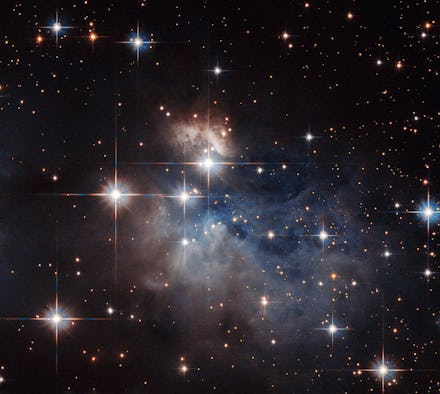You Can Now Listen to the Sounds of Some of the Oldest Stars in the Galaxy

This news will be music to your ears. Astronomers have just recorded sounds from a 13-billion-year-old cluster of stars in our galaxy called M4.
The European Southern Observatory took the data and created an interactive graphic that lets users hover over the stars in M4 and hear what they sound like.
The research could provide a new way to study the early universe.
"The stars we have studied really are living fossils from the time of the formation of our galaxy, and we now hope be able to unlock the secrets of how spiral galaxies, like our own, formed and evolved," Andrea Miglio, lead author on the study, said in a statement.
How do you find out what a star sounds like?
The astronomers used a technique called asteroseismology to record the oscillations, or "starquakes," coming from the stars.
"These oscillations lead to minuscule changes or pulses in brightness, and are caused by sound trapped inside the stars," the University of Birmingham explained in a press release.
Asteroseismologists can use the sound data to figure out the mass of a star, how old it is and to study the inner structure of the star — the same way earthquakes are used to study the interior of the Earth, according to NASA.
Previously, this technique was only used on relatively young stars, study co-author Guy Davies noted in the statement. Now that asteroseismologists can apply it to old stars, we can create a better picture of what the early universe looked like.
"Just as archaeologists can reveal the past by excavating the earth, so we can use sound inside the stars to perform galactic archaeology," Bill Chaplin, leader of the international collaboration on asteroseismology, said in the statement.